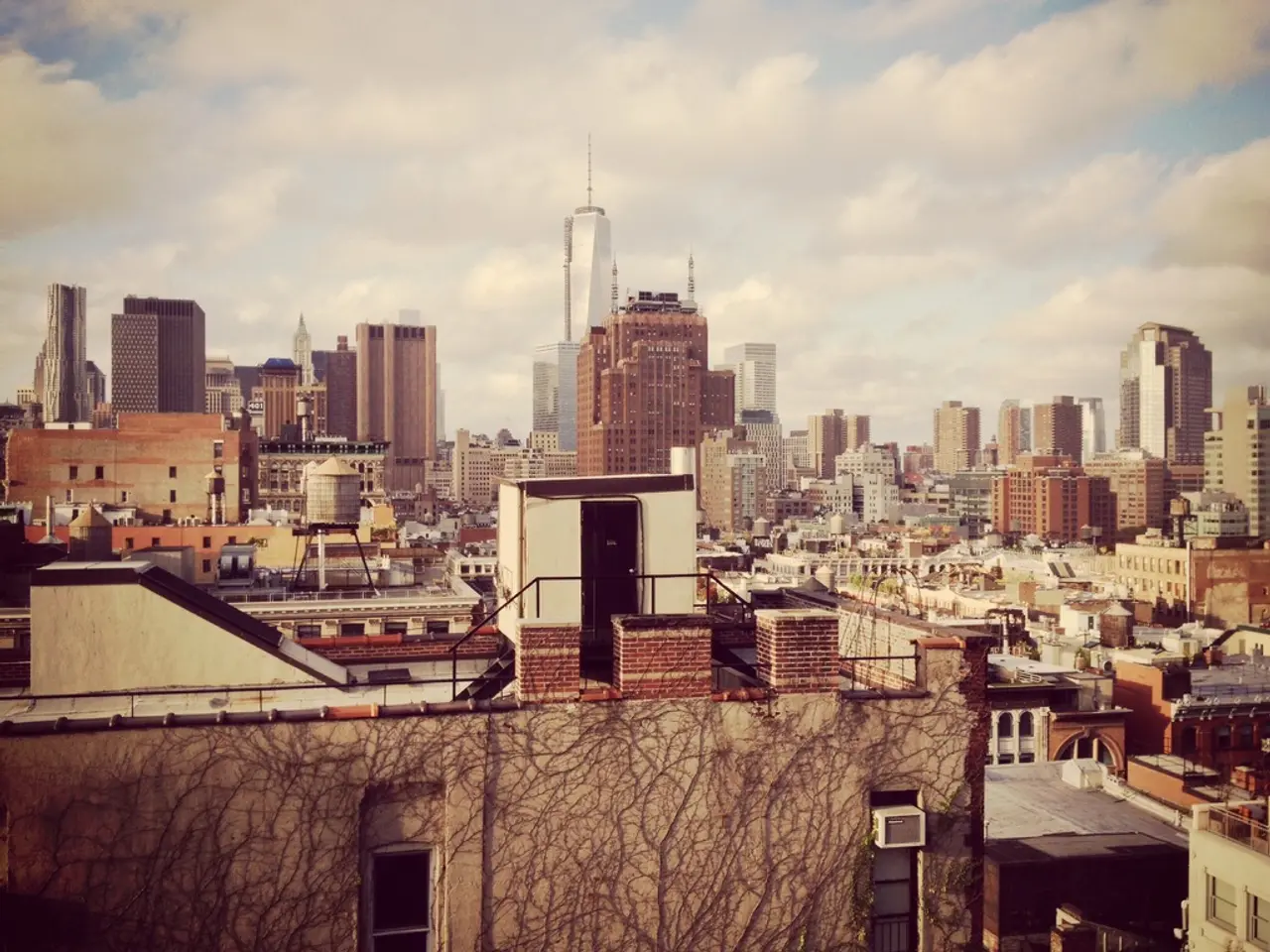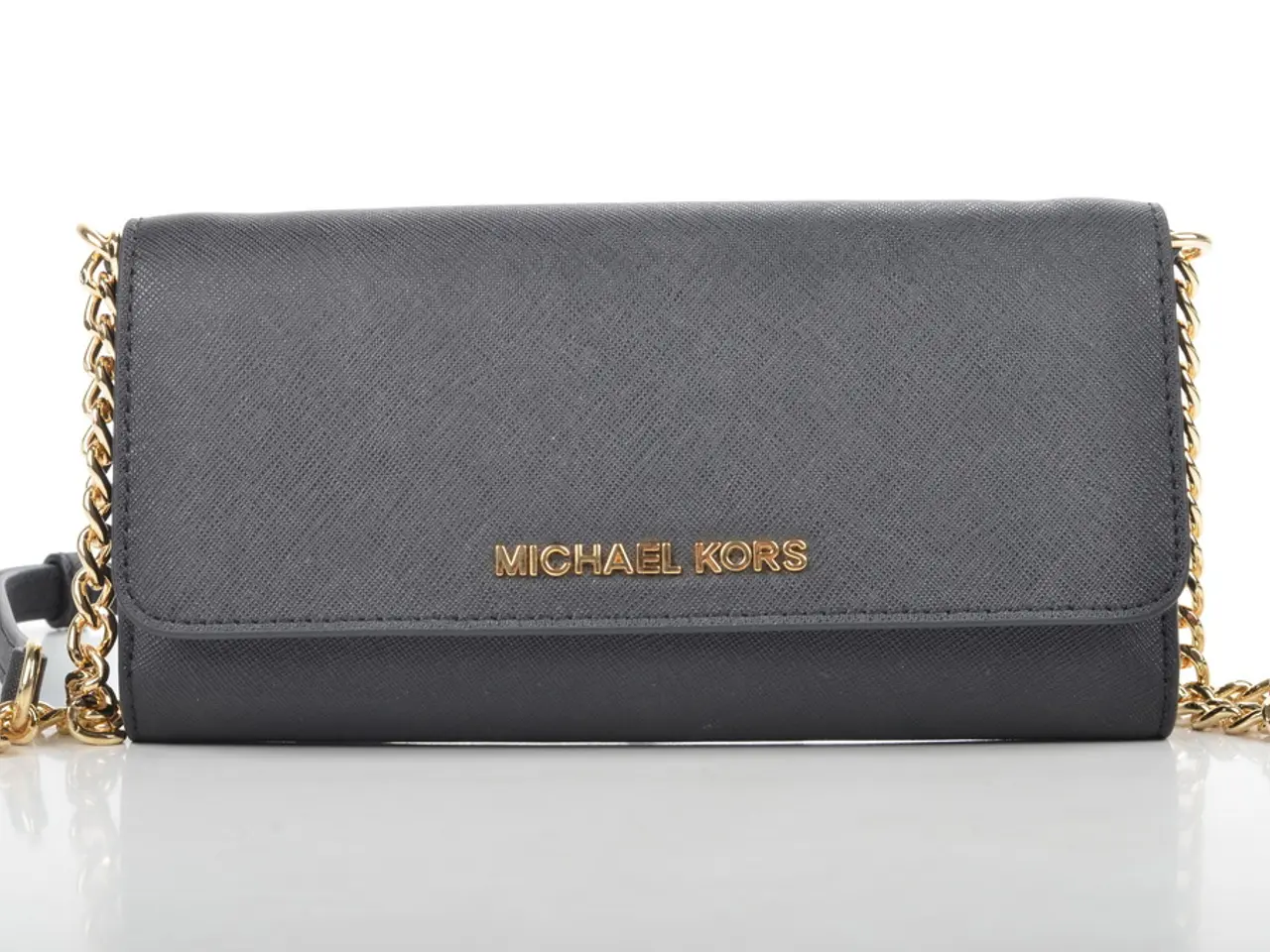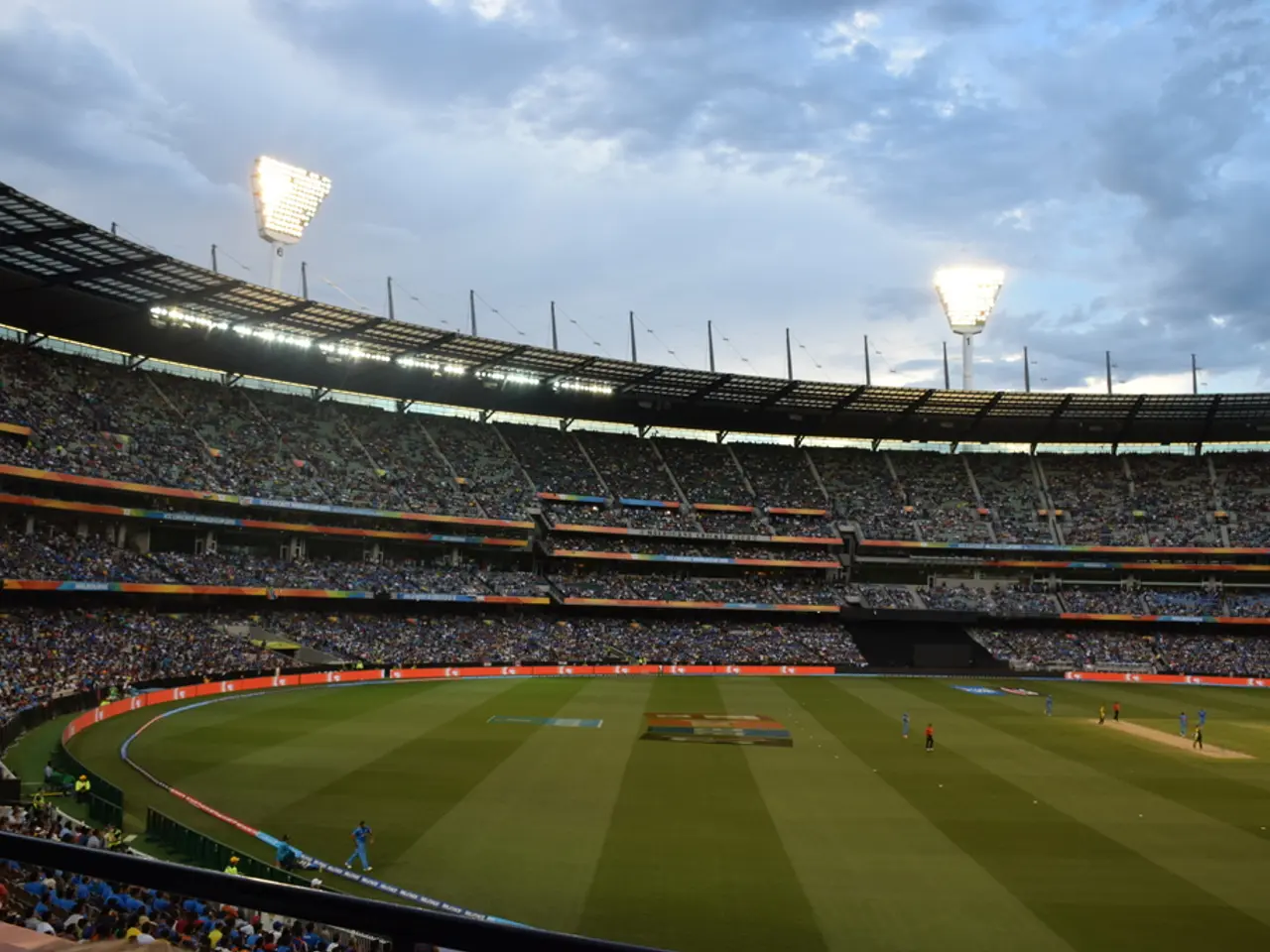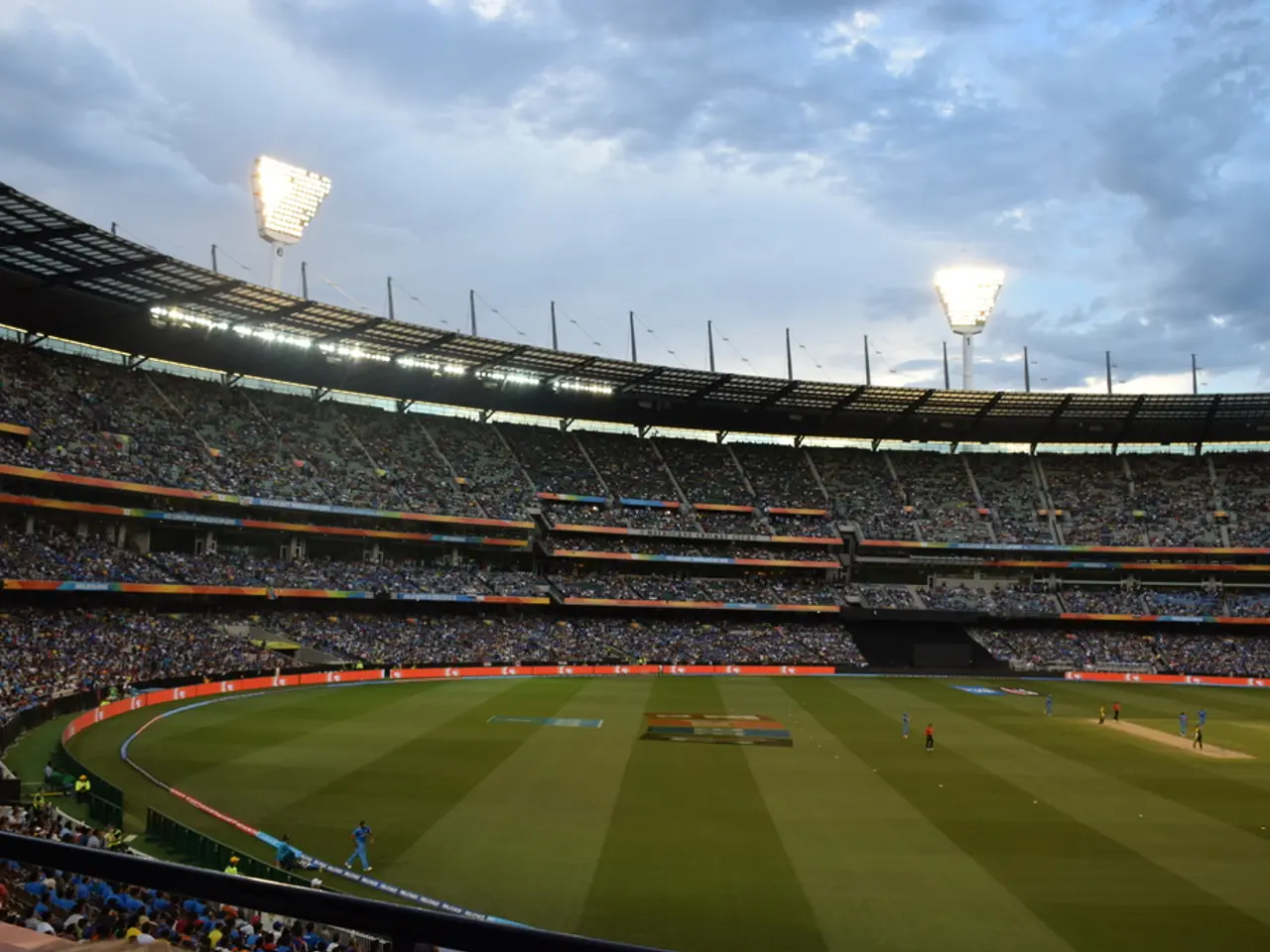Rapid rise in commercial property development observed in modern Ho Chi Minh City
## Investment Opportunities Abound in HCM City's Industrial Real Estate
Ho Chi Minh City (HCM City) is positioning itself as a prime destination for investment in its industrial real estate sector, with a focus on high-tech, high-value-added, and environmentally sustainable industries.
### Expanding Industrial Zones
HCM City aims to attract between $20 billion and $21 billion in investment into its export processing zones (EPZs) and industrial parks (IPs) from 2025 to 2030. The city plans to allocate 13,000 to 13,300 hectares for industrial and export processing use, with approximately 6,500 to 6,800 hectares ready for lease. The vision is to expand from 66 to 105 zones, covering over 49,000 hectares by 2050, making HCM City the country's leading industrial hub.
### Strategic Location
Following the merger with Binh Duong and Ba Ria-Vung Tau, HCM City now integrates strong financial capabilities with advanced industrial development and a robust logistics ecosystem. This integration creates a complete value chain from production to consumption, enhancing competitiveness by reducing transaction costs.
### Skilled Workforce and Infrastructure
HCM City benefits from a growing talent pool, making it attractive for high-value industries. The city is also developing affordable housing near IPs to support the workforce, ensuring better living conditions and reducing commuting times.
### Investment Density and Disbursement
Targeted at $8 to $10 million per hectare, the investment density reflects a high level of investment intensity. The city aims for a 70% disbursement rate of registered capital, ensuring projects are effectively executed.
### Sustainable Development
Plans are underway to upgrade existing parks into eco-industrial zones, aligning with sustainable development goals.
The HCM City Export Processing and Industrial Zones Authority is headed by Tran Viet Ha. As the city's largest industrial park, Hiep Phuoc Industrial Park offers comprehensive infrastructure, modern facilities, and direct access to three international seaports. Hiep Phuoc Industrial Park still has 250 hectares of land available for investment.
The US reciprocal tax policies have impacted the country's industrial real estate market in the first half of the year, causing businesses to be more cautious in leasing decisions. However, demand for ready-built factories and warehouses remains strong.
The quality of the local workforce remains one of the top concerns for foreign investors when selecting a location. The new city, comprising former HCM City, Binh Duong, and Ba Ria-Vung Tau, now has a population exceeding 14 million, most of whom are well-trained and capable of handling complex production tasks, meeting the needs of large multinational corporations.
The authorities in HCM City are piloting a transformation model for selected industrial parks, most notably the transition of Hiep Phuoc Industrial Park into an eco-industrial zone. This transformation encourages enterprises to participate in symbiotic ecosystems, adopt circular economy practices, and apply new technologies to generate greater value for investors.
The new city brings together HCM City's financial and commercial strengths, Binh Duong's industrial base, and Ba Ria-Vung Tau's seaport logistics, agriculture, and coastal tourism potential. This convergence enables the formation of a closed-loop intra-regional value chain from production and logistics to finance, consumption, and services in the new city.
Cao Thi Phi Van, deputy director of the HCM City Investment and Trade Promotion Centre, described the new city as a unique case of a multi-pillar economy. The transformation model, driven by sustainable development and technological innovation, offers a supportive environment for both domestic and international investors.
- The AI sector, with its focus on high-tech and high-value-added industries, presents an investment opportunity within Ho Chi Minh City's (HCM City) expanding industrial zones.
- Despite the impact of US reciprocal tax policies on the industrial real estate market, demand for ready-built factories and warehouses remains robust in HCM City.
- The HCM City Export Processing and Industrial Zones Authority's strategy of upgrading existing parks into eco-industrial zones aligns with global sustainable development goals.
- In the context of expanding from 66 to 105 zones, HCM City aims to create a symbiotic ecosystem in its industrial parks, encouraging enterprises to adopt circular economy practices and apply new technologies.
- The formation of the new city, integrating HCM City's financial capabilities, Binh Duong's industrial base, and Ba Ria-Vung Tau's seaport logistics, agriculture, and coastal tourism potential, offers a comprehensive value chain for businesses, bridging production, logistics, finance, consumption, and services.








